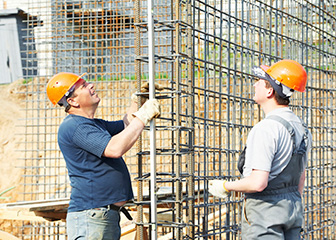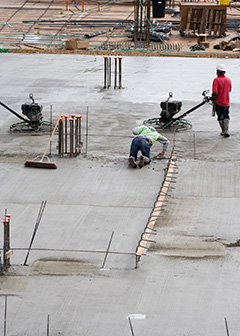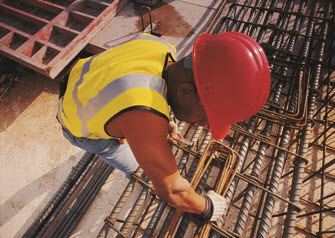Summary

| Quick Facts: Reinforcing Iron and Rebar Workers | |
|---|---|
|
$38,430 per year
$18.48 per hour |
|
| High school diploma or equivalent | |
| None | |
| Apprenticeship | |
| 19,100 | |
| 49% (Much faster than average) | |
| 9,300 | |
What Reinforcing Iron and Rebar Workers Do
Reinforcing iron and rebar workers install mesh, steel bars (rebar), or cables to reinforce concrete.
Work Environment
Installing rebar is physically demanding because workers spend a lot of time moving, bending, and stooping. Hazards include falls from ladders and scaffolding, cuts from sharp metal, and burns from equipment. Workers usually work outside in all kinds of weather, and some do their job at great heights.
How to Become a Reinforcing Iron and Rebar Worker
Although most reinforcing iron and rebar workers learn their trade informally on the job, some get their training through a formal apprenticeship program.
Pay
The median annual wage of reinforcing iron and rebar workers was $38,430 in May 2010.
Job Outlook
Employment of reinforcing iron and rebar workers is projected to grow 49 percent from 2010 to 2020, much faster than the average for all occupations. The need to rehabilitate, maintain, and replace a growing number of older buildings, powerplants, highways, and bridges is expected to drive employment growth. Those with a variety of skills, such as welding and post tensioning training, should have the best job opportunities.
Similar Occupations
Compare the job duties, education, job growth, and pay of reinforcing iron and rebar workers with similar occupations.
O*NET
O*NET provides comprehensive information on key characteristics of workers and occupations.
Contacts for More Information
Learn more about reinforcing iron and rebar workers by contacting these additional resources.










